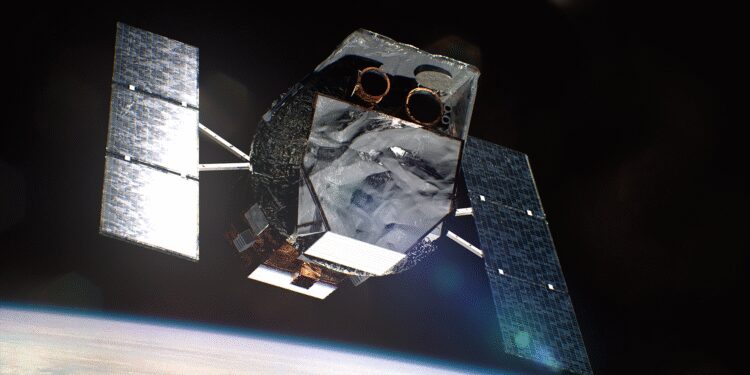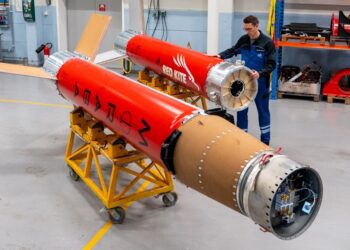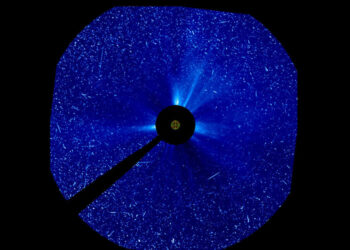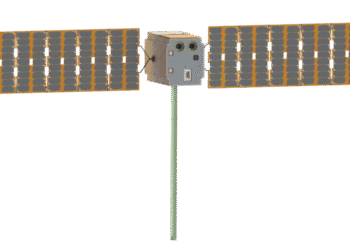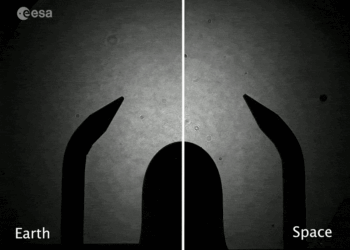NASA is exploring several industry solutions to extend the mission of the Neil Gehrels Swift Observatory. This satellite has been instrumental in mapping gamma-ray bursts and providing key astronomical data since its launch in 2004. Given the continuous drag it experiences due to the upper atmosphere’s pressure, its orbit is slowly decaying. Therefore, NASA is considering innovative approaches to ensure its operational longevity.
Industry Collaboration
To counteract the orbital decay, NASA seeks collaboration with private industry partners. These partners are tasked with proposing practical solutions that could raise Swift’s orbit, ensuring it remains a vital tool for astronomers worldwide. This initiative marks yet another instance of public-private collaborations that leverage industry expertise and resources.
Proposed Solutions
The proposals being evaluated include:
- Developing novel propulsion systems that can be retrofitted onto the observatory.
- Using spacecraft towing techniques to adjust its position.
- Incorporating advanced technologies not originally built into the mission.
The selected solutions must be cost-effective and based on proven spaceflight proficiency. Collaboration could feature elements such as sharing data, providing spacecraft services, or deploying ancillary payloads that support Swift’s ongoing missions.
Significance of the Mission
The Swift Observatory has played a vital role in enhancing our understanding of the universe. It has enabled significant discoveries, including the detection of gravitational waves’ electromagnetic counterparts. The scientific community’s continued access to this remarkable observatory is crucial for further groundbreaking research.
For further details, you can read more on NASA’s official website.


